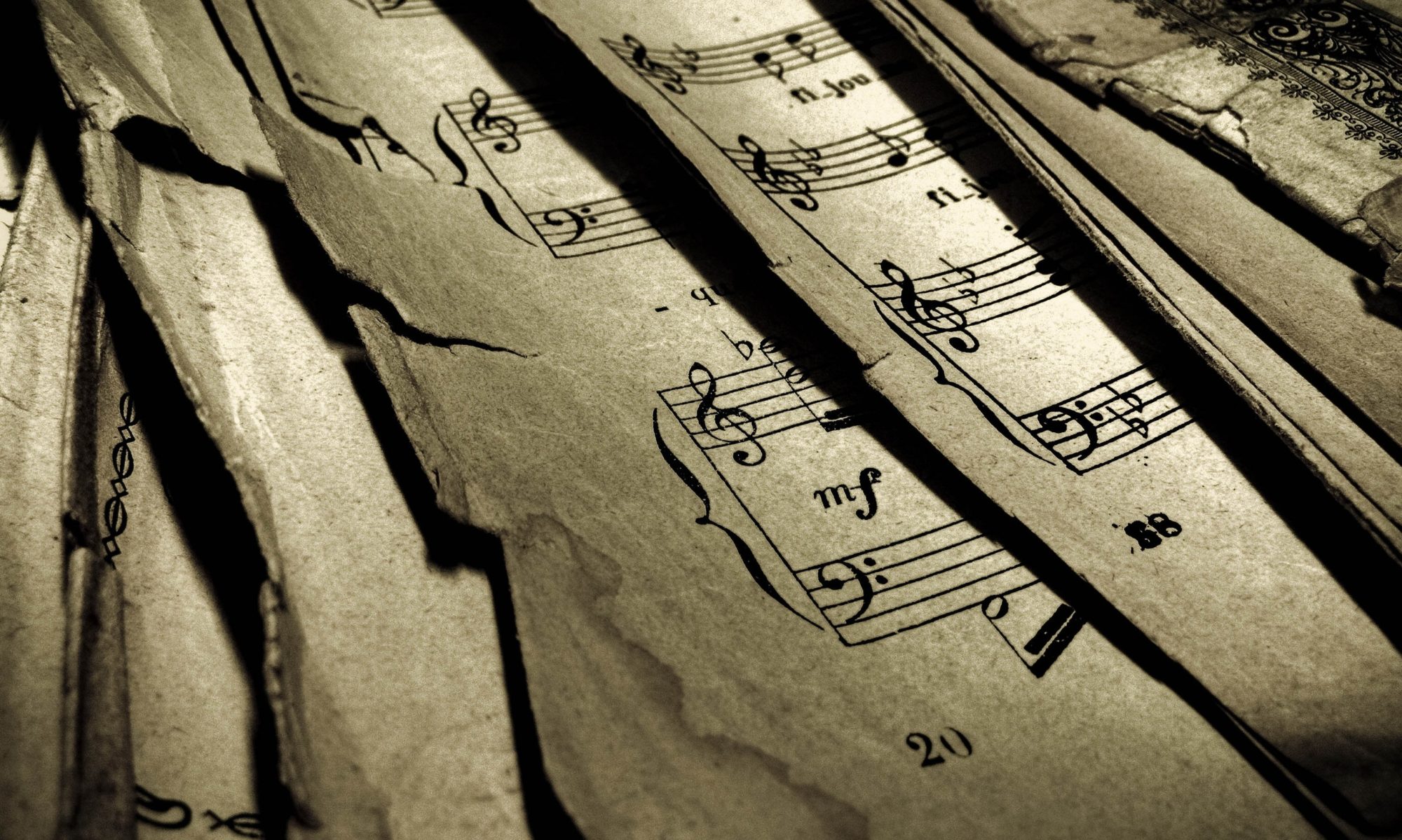-
xinoya8303 posted an update 9 months ago
The History of Timekeeping: Inside Pocket Watch Museums
A pocket view museum is a treasure trove proper fascinated by the complex art of timekeeping and the history it encapsulates. These museums provide a unique chance to discover the evolution of pocket watches, from their early roots in the 16th century to the complex models of the 19th and 20th centuries. Each watch on present tells a story, not merely of technological advancement but additionally of the cultural and cultural significance these timepieces held. Guests to a pocket watch memorial can expect to see a varied array of reveals, from simple, practical watches to elaborately furnished pieces that were representations of wealth and status. The design involved in creating these watches is nothing in short supply of remarkable, with many offering hand-engraved details, small paintings, and also complicated mechanical automata.One of the most fascinating facets of a wallet watch museum is just how it displays the growth of horological technology. Early wallet watches, frequently called ‘Nuremberg eggs,’ were large, egg-shaped, and worn on a sequence across the neck. Over time, as technology increased, watches turned smaller, more accurate, and less expensive, eventually becoming a frequent accessory. The development from verge escapement mechanisms to the more trusted lever escapements is often outlined in these museums, showing how innovations in design permitted for more specific timekeeping. The museums also frequently function parts specialized in unique watchmakers have been crucial in evolving the hobby, such as for example Abraham-Louis Breguet, whose inventions collection new requirements in the industry.
The cultural and traditional contexts of wallet watches are still another compelling part of these museums. In lots of countries, wallet watches were a whole lot more than simply methods for telling time; these were heirlooms passed on through ages, icons of achievement, and even position symbols. The memorial exhibits usually contain wallet watches that after belonged to significant historical numbers, giving a concrete connection to the past. For instance, a pocket watch that belonged to a famous politician or industrialist could be on screen, complete with details about the owner’s living and the way the view got to their possession. These personal experiences put a wealthy layer of individual curiosity to the specialized and artistic understanding of the timepieces.
In addition to traditional pieces, many pocket watch museums also investigate the artwork and design components of these timepieces. The dials, instances, and activities of pocket watches were often canvases for artistic appearance, offering from delicate engravings to enameling and treasure inlays. Some museums have workshops or manifestations where guests can easily see standard watchmaking methods in action. That focus on design not only shows the beauty of the watches themselves but also educates visitors about the abilities and work that gone into producing each piece. It’s an indication of an occasion when things were designed to last and were appreciated not just for his or her performance but also because of their artistry.
The academic aspect of pocket watch museums can’t be overstated. Many museums offer step-by-step information about the science of timekeeping, describing how various kinds of escapements perform, how time was assessed prior to the creation of technical watches, and the impact that correct timekeeping had on society. Involved demonstrates and advised trips usually give readers with a greater understanding of the technicalities associated with watchmaking. For people that have a eager interest in horology, these museums function as a source for researching the many difficulties found in wallet watches, such as for example moon levels, repeaters, and chronographs, each which shows a significant achievement in the history of timekeeping.
A visit to a pocket view memorial can also be a journey through the social record of timekeeping. The progress of wallet watches shows improvements in culture, from the increase of the middle class to the professional innovation and the eventual transition to wristwatches in the 20th century. The memorial exhibits often delve in to how wallet watches were sold and sold, the role of watches in every day life, and how they certainly were utilized in various careers, such as for example railroading, where specific timekeeping was essential. This exploration of the cultural sizes of timekeeping gives level to the gratitude of the watches themselves and situates them within the broader context of history.
For lovers and lovers, pocket watch Antique Watch Museum give you a unusual possibility to see a few of the world’s most important and special timepieces. Many museums house extensive libraries that include uncommon and one-of-a-kind watches, each having its possess story and provenance. These selections often include examples of early watchmaking, unusual troubles, and watches produced by probably the most famous horologists. For collectors, viewing these watches up close is definitely an inspiring knowledge, giving insights in to what to find inside their libraries and deepening their understanding for the art of watchmaking.
Eventually, pocket view museums function as a preservation of history. In an age where electronic engineering dominates, these museums keep carefully the art of physical timekeeping alive. They tell us of the skill and ingenuity that gone in to creating these miniature works of art and ensure that future years may enjoy the heritage of horology. If you are an experienced collector, a history fan, or someone with an everyday fascination with watches, a stop by at a pocket watch museum provides a rich and satisfying knowledge that transcends time, linking people to a past wherever design and detail were paramount.

Tali Gottfried and Grace Thompson